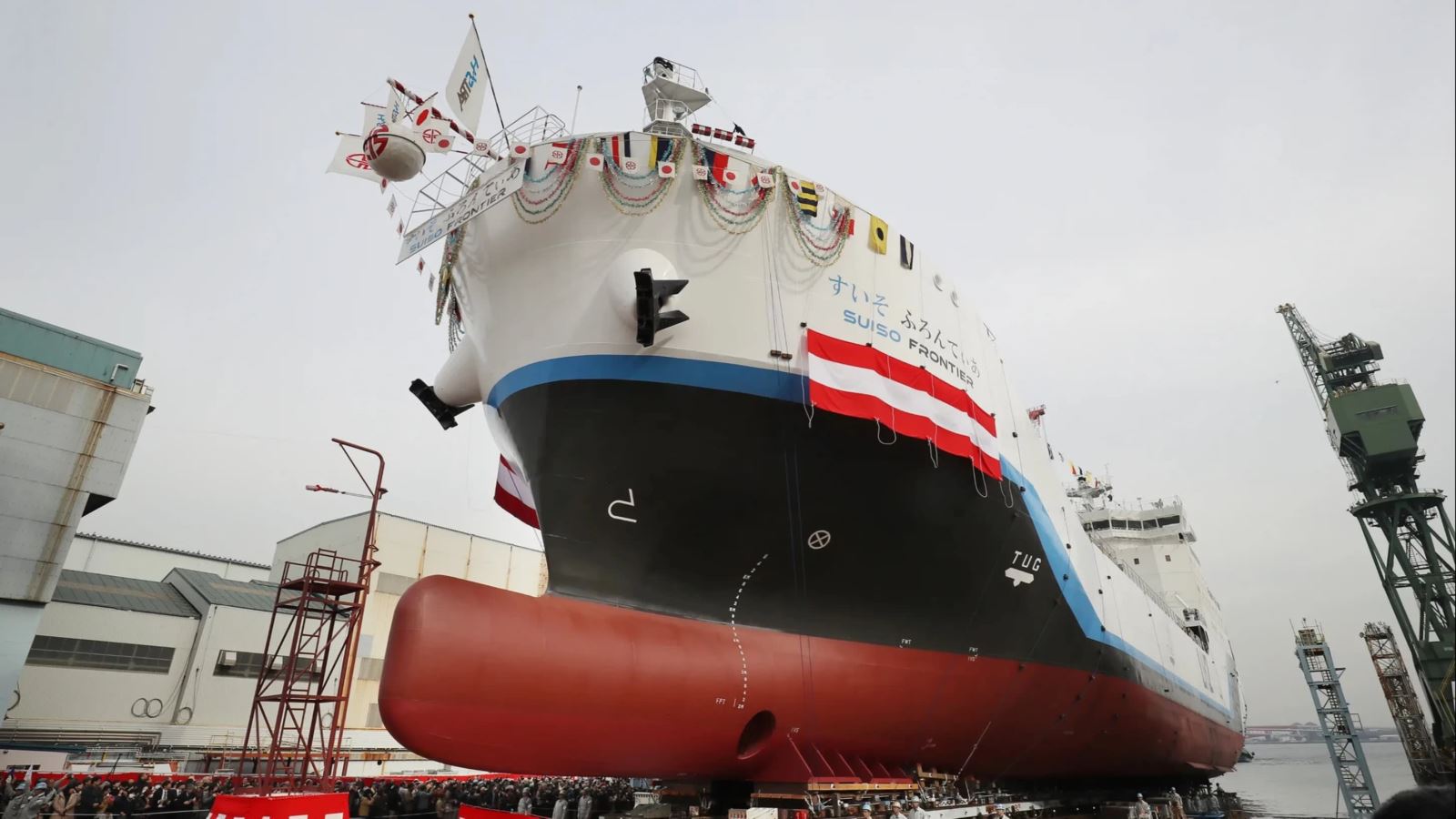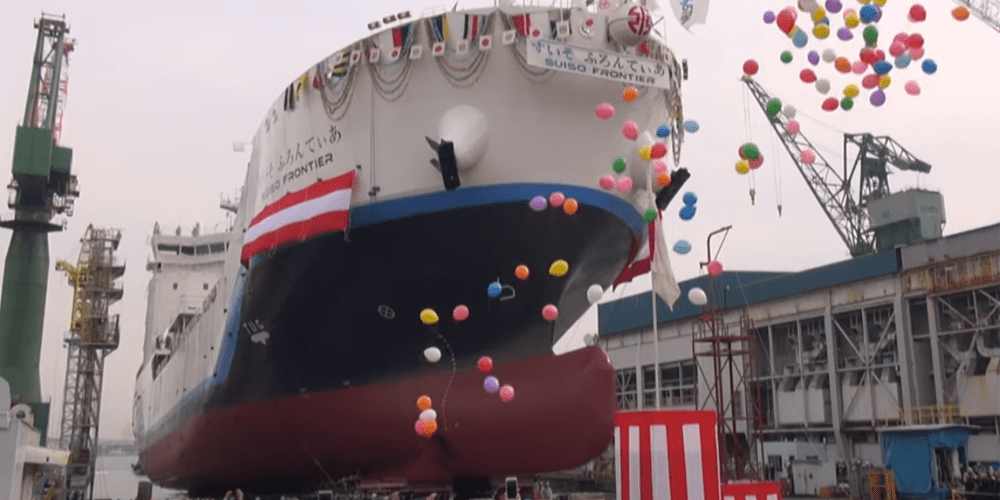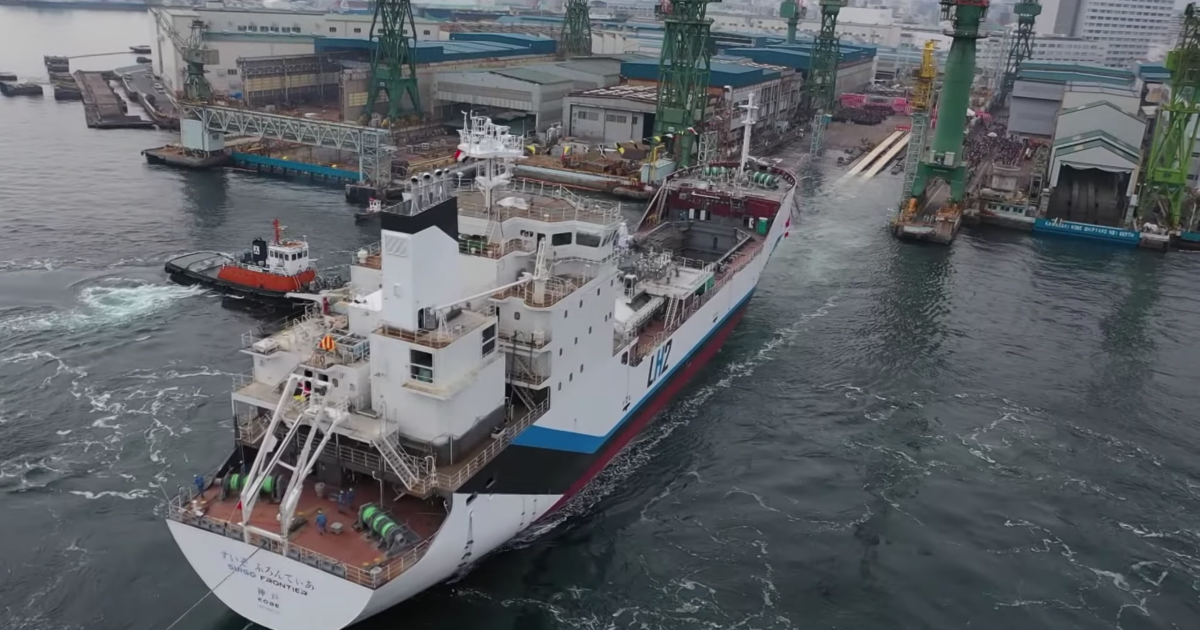The vessel, named Suiso Frontier, is due for completion in late 2020 and will be equipped with a 1,250 cubic meters of liquefied hydrogen cooled to –253°C. At that temperature, hydrogen shrinks to just 1/800 of its original gas-state.

Once complete, the Suiso Frontier will be used to ship Australian-produced liquefied hydrogen to Japan, part of Japan’s strategy to establish an international hydrogen energy supply chain. In this case, the hydrogen will be produced from the gasification of lignite, or brown coal.

In recent years, hydrogen has emerged as a promising energy source in the fight against climate change because it burns hot and does not emit CO2 or other greenhouse gases when burned, although it is currently derived from processes that do result in carbon emissions.

Since 2016, Kawasaki has been part of a consortium comprising Iwatani Corporation (Iwatani), Shell Japan Limited, and Electric Power Development Co., Ltd. (J-POWER) to form the CO2-free Hydrogen Energy Supply-chain Technology Research Association (HySTRA) with the goal of building an energy supply chain enabling economical and reliable sourcing of hydrogen in large volumes.
According to gcaptain.com











